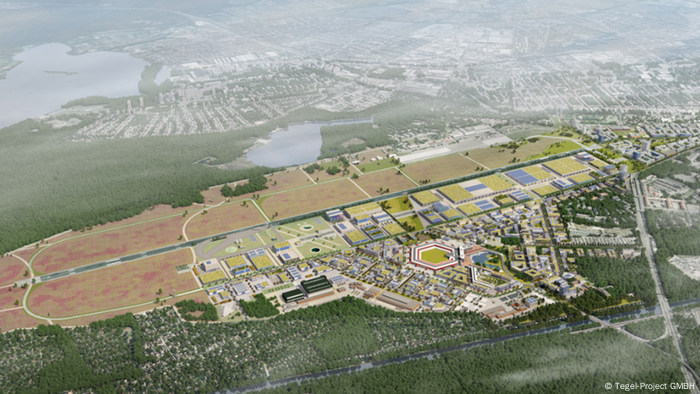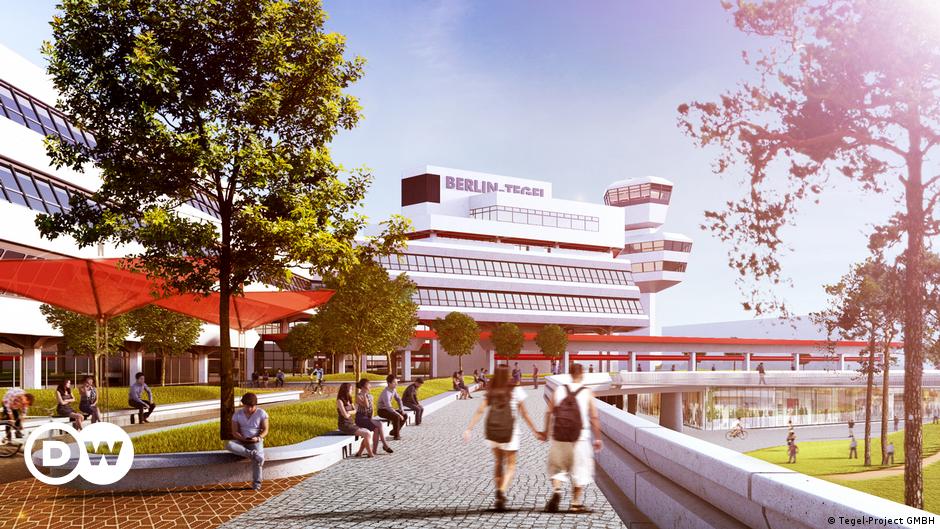You appear to suggest they are comparable - when they are not. That premise is not helping your argument which I will try to support. So let me start to flesh out
why Blatchford may need more time to develop compared to East Village. Others may point out other rationale. first, sheer size difference alone is not comparable. East Village: 0.5 km2 (0.2 sq mi) and Blatchford: 2.17 km2 (0.84 sq mi) with East Village 1/4 the size of Blatchford. Blatchford had no or very
few existing services (water, electrical, gas lines, sewage), without any planning for roads, sidewalks and functionality - while East Village had an existing city grid established making it easier to develop and redevelop some of the sites. Blatchford had nothing but concrete runways that had to be removed and is essentially a greenfield site. Blatchford was envisioned as an opportunity to build and showcase a district energy supply, waste water and human waste management, energy efficient design and with a goal to accommodate up to 30,000 people in new family housing. East Village accomplishes none of this. East Villa is more comparable to our Quarters District in terms of proximity to the very core of downtown, both are inner city areas, and both ripe for redevelopment. To your argument that East Village has taken more time - that is true but irrelevant to Blatchford. You would need to find another city comarable project like the now closed Berlin downtown Tegel Airport redevelopment project for a more direct comparison.
This from an article but there is an official site. "The Tegel Project is certainly ambitious. It aims to provide 5,000 new homes accommodating 10,000 people, space for 1,000 large and small businesses, a new campus for Berlin's Beuth University for Applied Sciences and an array of other projects.

A rendering of the Tegel Project, which consists of an industry park and the residential Schumacher Quartier
The first residential buildings are to be finished by 2026, but the project in its entirety has a lifespan of 20 years.

en.wikipedia.org
https://en.wikipedia.org/wiki/Blatchford,_Edmonton2.17 km2 (0.84 sq mi)
Finally, the digging and construction have begun at Berlin's iconic airport. After 12 years of delays, one of Europe's biggest urbanization projects is underway with the goal of setting an example for the world.

www.dw.com


